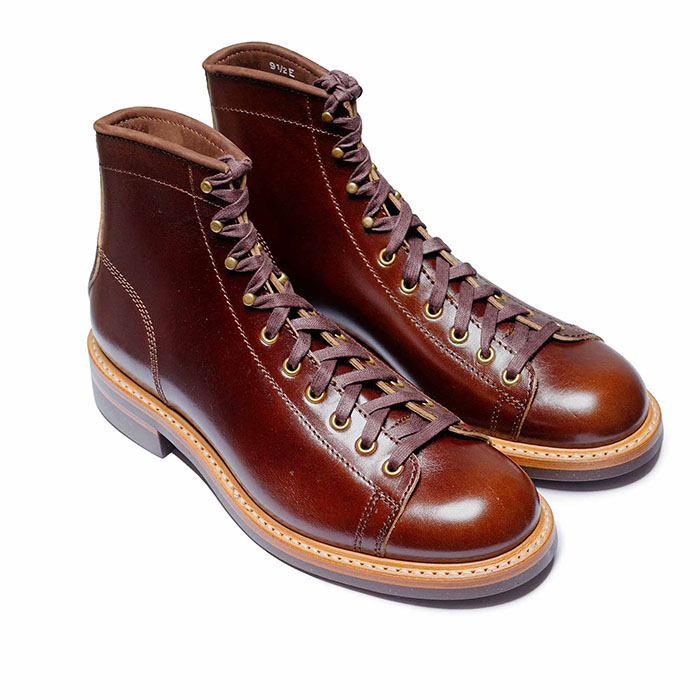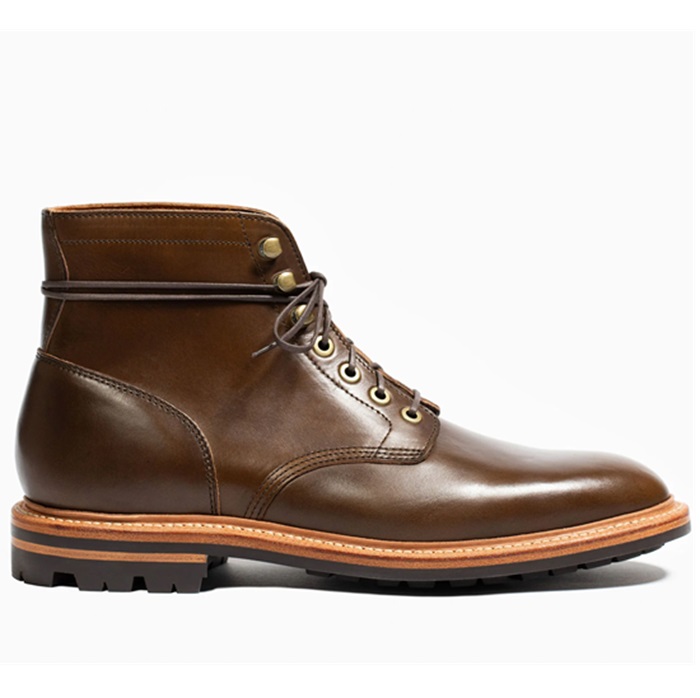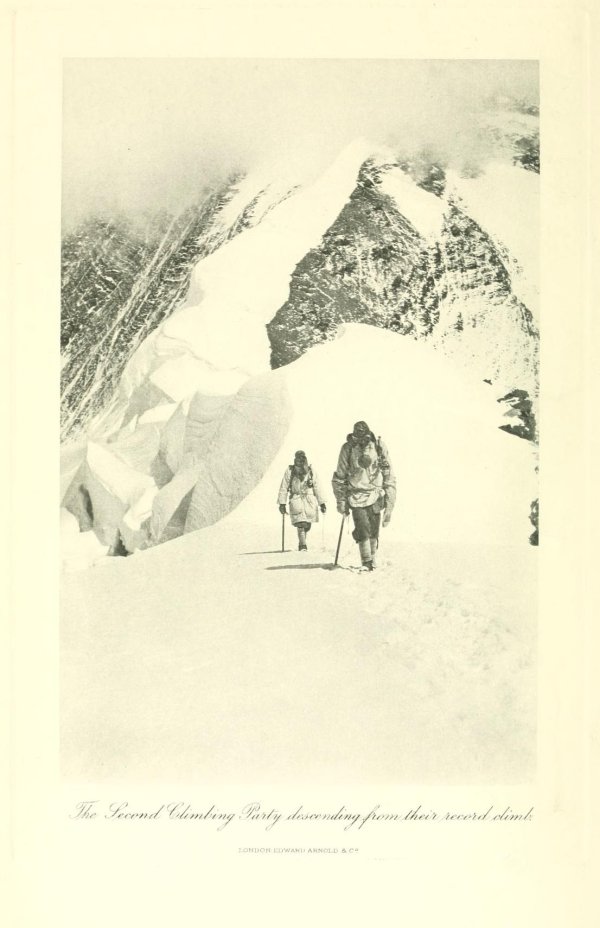Edward
Bartender
- Messages
- 25,378
- Location
- London, UK
Interesting to stumble over this thread again. I've been idly looking at some dedicated gear for doing a bit of hiking again next Summer, with an eye to keeping it all to my own aesthetic as much as possible, having realised that for the most part I can achieve my aims of what I'm after with a lot of repop military ger now. Not much different than the way I did things on my Duke ofc Edinburgh Award trail back in the early 90s, but more stylish than just the milsurplus of the day. I'll be investing in a pair of modern and hopefully not too visually offensive (within budget - Danner make beautiful boots, but £400 for getting covered in muck up some hills or round Epping Forest? Eesh. Not on my salary) boots if we take it up seriously, though.
I love the aesthetic of these old mountaineering campaigns, though I don't ever see myself doing a climb of that magnitude, or anything close to it.
I love the aesthetic of these old mountaineering campaigns, though I don't ever see myself doing a climb of that magnitude, or anything close to it.








